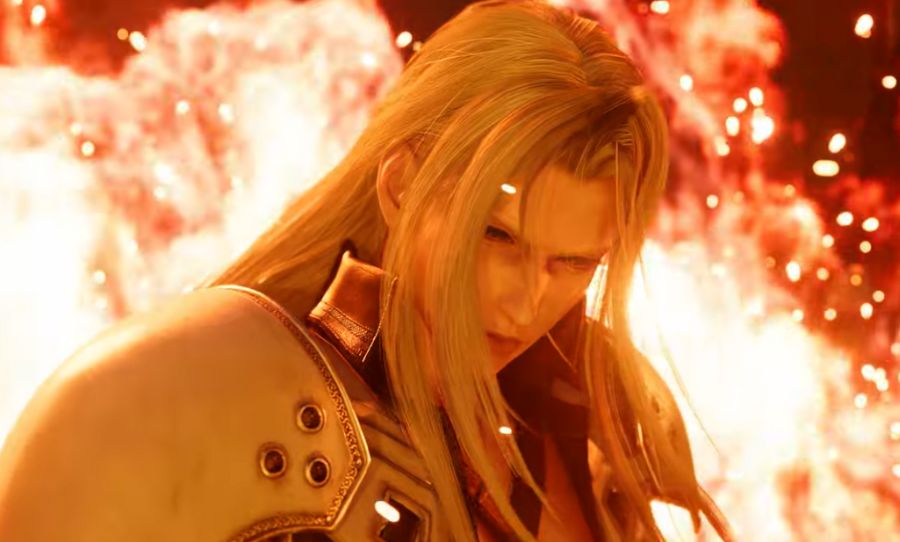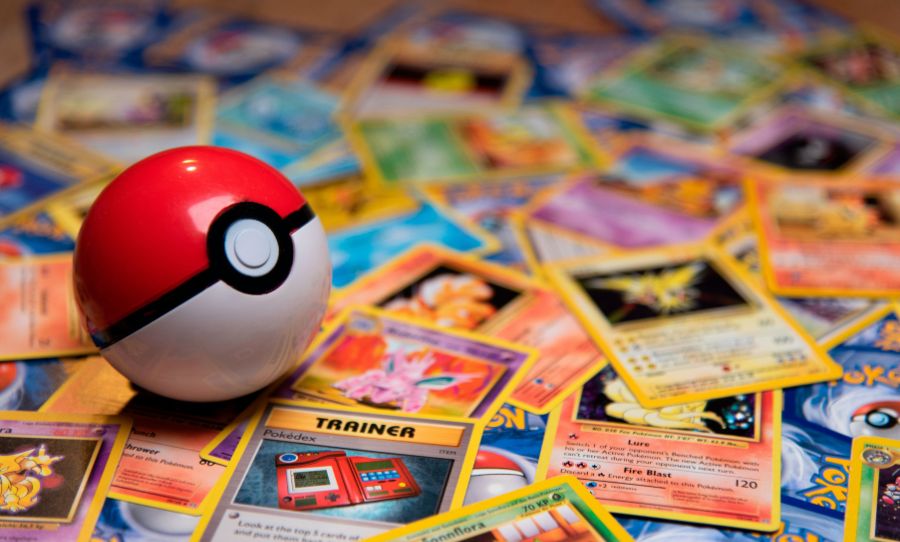Starting in 1993, Magic the Gathering is one of the more mature trading card games out there. Strixhaven proves that it has no intention of retiring.
Last week saw the release of Magic the Gathering’s 87th expansion, Strixhaven: School of Mages. Like their previous expansions, Strixhaven introduces an entirely new set of cards, 275 in this case, boasting new abilities that encourage differing playstyles.
As the title suggests, Strixhaven’s theme is based around five magical schools, all varying in ideologies, teachings and colour combinations, not unlike the houses of Hogwarts from the Harry Potter series.
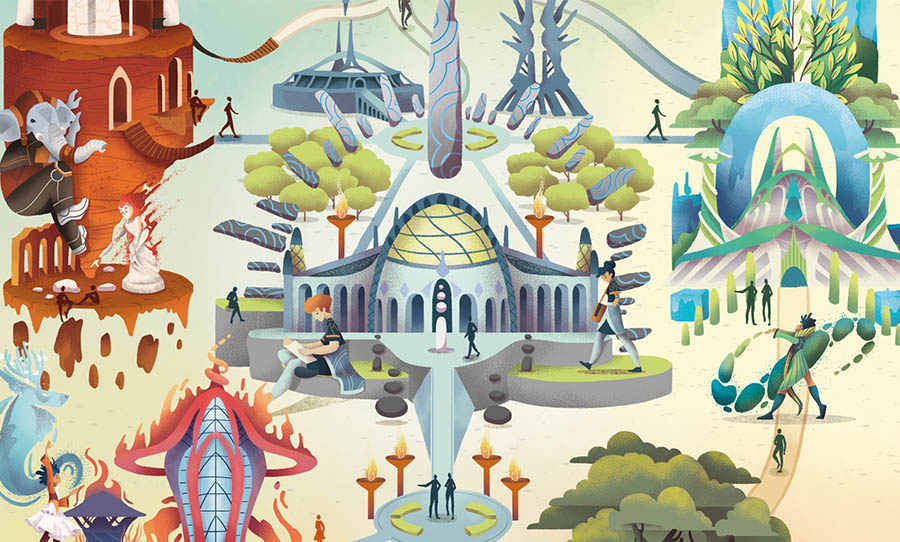
Magic the Gathering: A Crash Course
For those unfamiliar with the tabletop hit, Magic the Gathering is a trading card game, where the goal is to beat your opponent by casting a variety of spell cards, including devastating creatures that can attack and block, and powerful spells that can change the board state and base rules of the game. Each player starts with 20 life and is considered defeated when their life total reaches zero. There are five different ‘colours’ that all have a specific flavour and preferred style of achieving victory.
The five Mage colleges in Strixhaven are all made up of two of the five colours in Magic the Gathering, whose teachings align with the colours they represent.
The first, Witherbloom, is the black-green school, with a focus on drawing power from mastery over life and death. Players from this college will focus on interacting with their graveyard of destroyed creatures and spells, to win over their opponent.
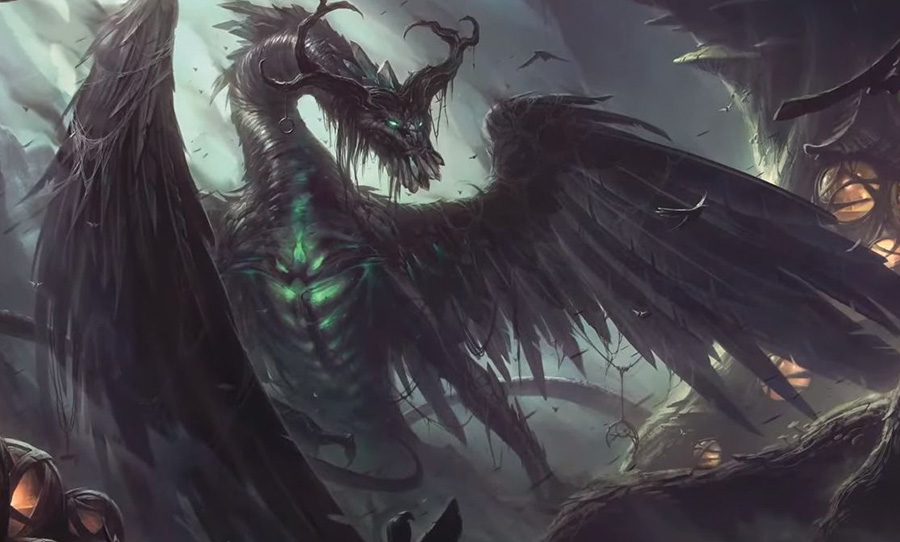
The red-white Lorehold college is very much focused on history and learning from the past. Those who choose Lorehold will look to make use of extra effects that trigger when other spells are cast, such as discarding cards to create spirit creatures.
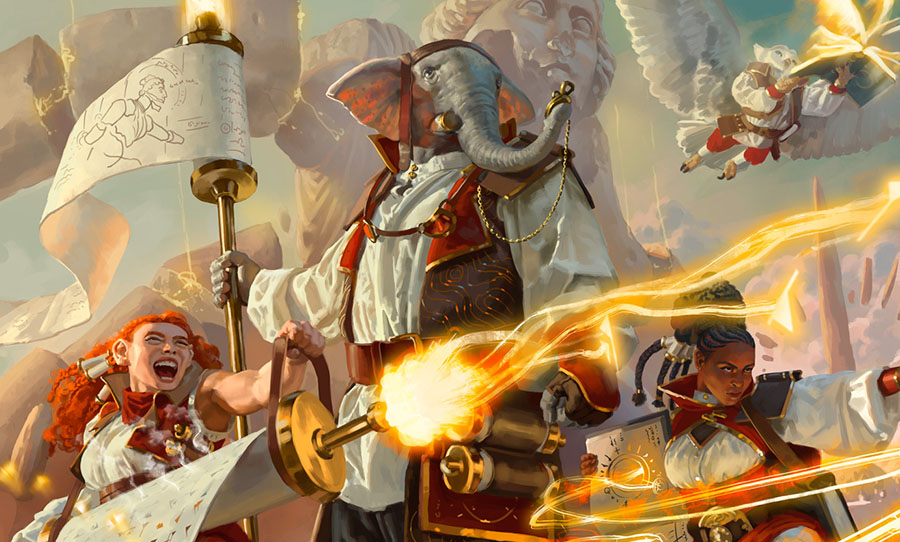
Quandrix is the blue-green based school, where students study the mathematical and systematic workings of the world, finding magical patterns to unleash the power of nature. This playstyle encourages delaying and controlling the board until large powerful creatures and spells can be played later in the game.
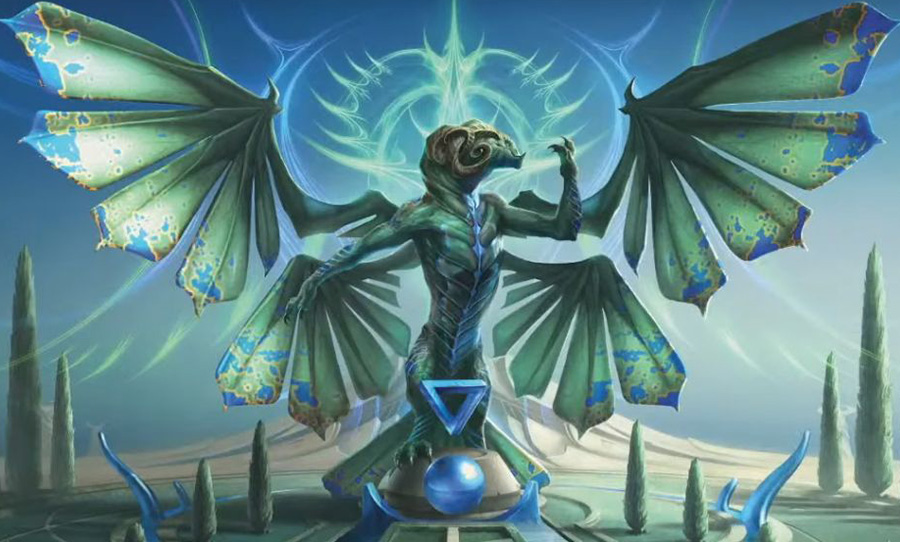
Masters of the arcane, the red-blue Prismari college is one that focuses heavily on elemental knowledge and expressing oneself through the power of magic — pretty much the arts and theatre kids. Prismari decks will focus less on attacking creatures, and more on defeating their enemy through magical means, the casting of which rewards them with powerful elementals.

Last but certainly not least, is the black-white Silverquill college, whose students study the written word and the manipulation of living ink creatures. Silverquill players will look to create a large force of creatures, that are then made more powerful by other means.

A personal Magic journey
The company responsible for Magic the Gathering, ‘Wizards of the Coast’, celebrates the release of their expansions with an event known as a prerelease. Participating stores across the globe run the prerelease event, which has players given a small box of randomised card packs known as booster packs. Players then open these packs, construct decks and compete over three rounds.
As someone who has played Magic the Gathering for about 7 years, I thought the prerelease event would be a fun way to explore the new set of cards. So a couple of good mates and myself made the journey to The Games Cube in Parramatta and signed up. Think of this as a real-world experience of one of these events.
Based on an online quiz on the Magic the Gathering website, we decided to play the colleges we were assigned. I ended up with Silverquill and was given a box with relevant art. Unlike most prerelease boxes, this expansion gives players some more choice in what kind of cards they get. The box contained six booster packs, five regular ones and one containing cards exclusive to the chosen college.
So after opening all the cards, I spent the next 20 minutes sorting them into their colours and casting costs, making sure that I didn’t have too many weak and cheap spells, but also not too many crazy expensive and powerful cards, ensuring that I had plenty of options and consistency when drawing and playing cards. I lucked out and got some pretty strong cards but also didn’t have as many creatures as I would have liked. I finalized my deck and began constructing and shuffling.
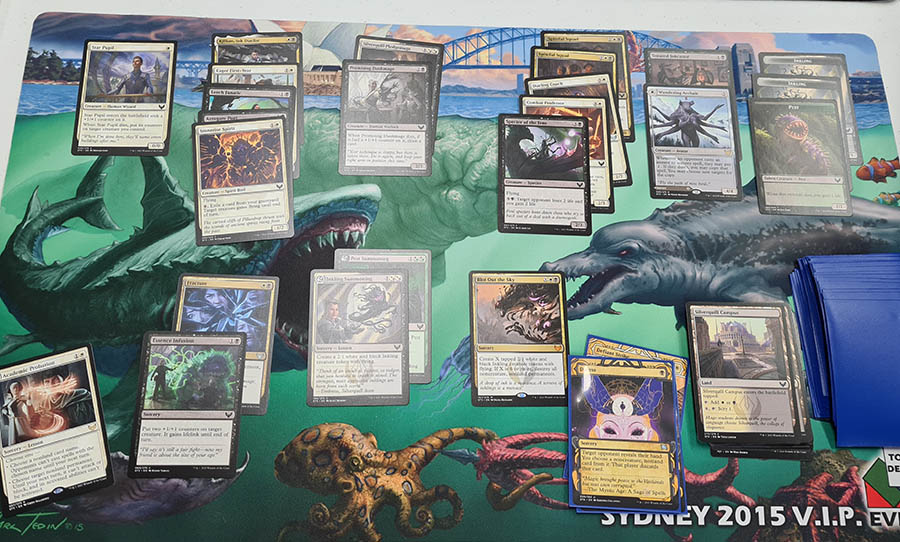
Once everyone had finished constructing their decks, the games themselves began. Each round sees players play against different people, with the winner being declared based on a best of three matches. My first match was against a young kid, who I estimated to be about 15 years old.
He seemed like he knew what he was doing and so I mentally prepared myself to get destroyed by someone almost a decade my junior. I surprisingly won the first game, thanks to one of my strongest cards, Wandering Archaic, which allows me to copy my opponent’s spells and use them for myself.
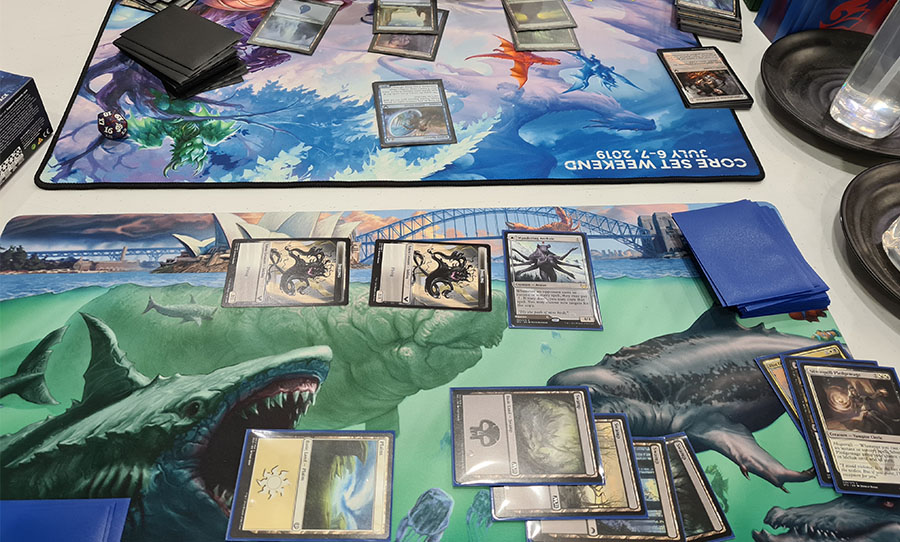
The second game was a rockier ride, and I ended up losing pretty quickly. So, it all came down to the last match. After a number of very close calls and both of us being brought to quite a low life total, I managed to secure the win, using the best card in my deck, Blot Out The Sky, which allows me to create lots of little creatures with an ability called flying, that allows them to attack without the opponent’s creatures being able to block, unless they also have flying.
If I manage to create six or more of these little flying legends, then I also get to wipe his board of pretty much anything that isn’t a creature. With his board clear and plenty of power to attack I managed to secure victory.
While there was a part of me that felt bad for beating a kid in a card game, the victory was a sweet one. The excitement of actually winning a game will tell you that it is not a common occurrence. However, my internal victory lap was cut short when the next lineups were announced, and I was paired up with my good mate, Patrick.
Patrick, the ‘Magic King’, is the guy who introduced me to playing Magic the Gathering, and he really knows his stuff. Patrick was playing a blue-green Quandrix deck, and after telling me he was a bit disappointed with how it turned out, he proceeded to calmly and quickly kick my ass. After effortlessly winning the first two games, we noticed we still had a full half an hour left in the round, so we played a third game for fun. No surprise: I lost that that one too.

With still plenty of time left in the round, I turned my attention to the game next to me, where my other good friend, Josh, who was playing a red-blue Prismari deck, was getting beaten by a young guy playing a very similar, but clearly much stronger deck. At first glance, he seemed to be pretty unfazed by his loss, but under that comical mask lay the face of a truly defeated man.

The final matches were announced, and I was paired up against the young buck I just saw demolish Josh. I had to pat myself on the back for winning one game, but I prepared for the worst. Immediately, I shocked myself, quickly achieving a win, thanks to some bad luck my opponent faced when drawing his cards.
The second game went much longer, and while I thought that I may indeed win again, once he had time to prepare, his deck was just too much for me to handle. As I finally conceded defeat and began the third and final game, we were made aware that time was almost up, and there were only three minutes left in the round.
When time runs out, unfinished games then continue for a short amount of time, with the current turn being turn zero, and the final turn of the game being turn five. If there is no winner by turn five, the game is considered a draw. The game came close, but my opponent played carefully and concentrated on delaying me rather than winning, ensuring that the match would end in a stalemate. The game finished and the night was over.
Despite my perfectly average result overall, with one win, one loss and one draw, I’d had a great time, after not playing an event like this for quite some time. It truly is an event for people from all walks of life, and not a bad way to spend a Friday night.
If you’re looking to get into the world of Magic the Gathering, or trading card games in general, events like this are a good way to do it. They are relatively inexpensive and give you all the tools you need to get in and start playing.
For those not too keen on spending money on physical cards, and would prefer to try it out from the comfort of their own home, Wizards of the Coast have released Magic the Gathering: Arena, a digital platform where players can construct decks and play others online, not unlike Hearthstone by Blizzard.

